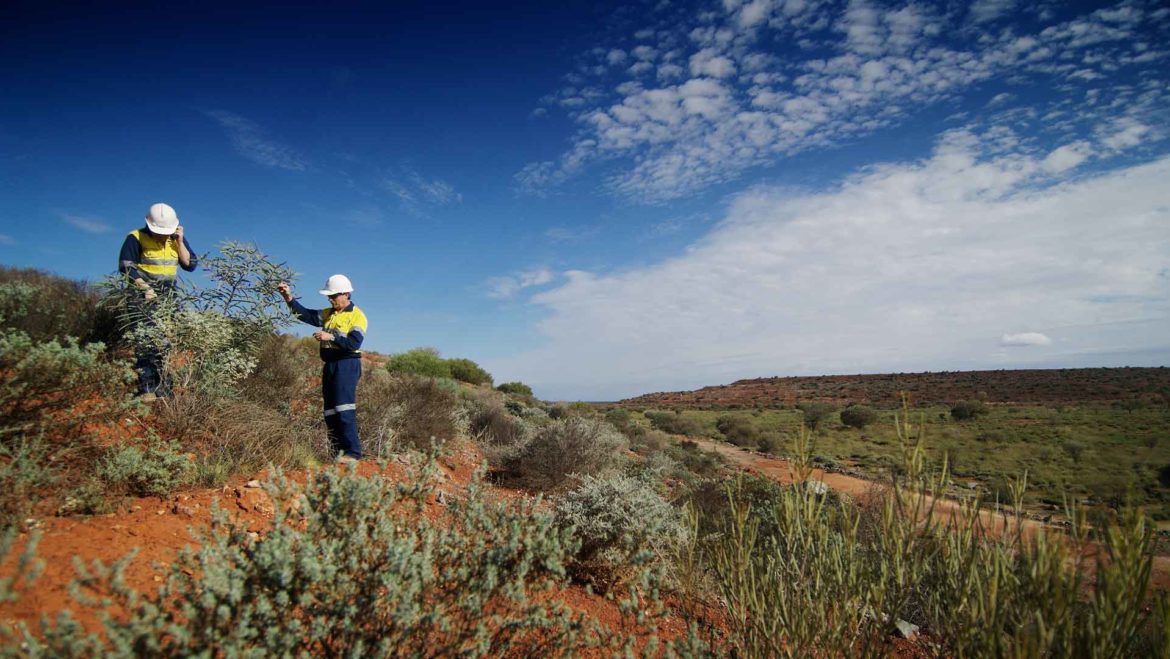
Tool: Objective Setting
Individual objectives may be specific to mine domains such as pits, infrastructure, and waste disposal facilities, or to aspects of closure.
Closure objectives should consider risk and opportunities. Early identification of risks allows possible impacts to be avoided or mitigated in a timely manner, which ultimately reduces the closure liabilities and improves post closure benefits.
Step Guide
STEP
1
Define a closure vision that articulates what the company wants to achieve post closure and the legacy it will leave. This should be guided by the knowledge base. Ensure to involve stakeholders as this vision must be a shared vision, and will guide future decisions throughout the mining life cycle
STEP
2
Define the closure principles as a general framework
STEP
3
Define and agree on the closure objectives
STEP
4
Download the site objective worksheet (p80). This can identify aspects of the mine which may need associated objectives
STEP
5
In a multi-stakeholder forum create brainstorming sessions to help identify objectives or to test existing objective lists, and identify risks and opportunities
STEP
6
In the forum look at the objective setting for social transition table (p82) for suggested categories
STEP
7
Also look at the environmental objective setting table (p84) for suggested environmental categories
STEP
8
STEP
9
Throughout the mine’s life cycle ensure to integrate and refine the closure vision and objectives, not just internally but also with stakeholders
Typical closure principles include:
- Safety
- Physical stability
- Chemical stability
- Socio-economic transition
- Ecological stability
- Risk limitation
- Cost-effectiveness
- Long-term care
Top Tips:
The closure vision and objectives is usually shaped by post closure land use considerations.
